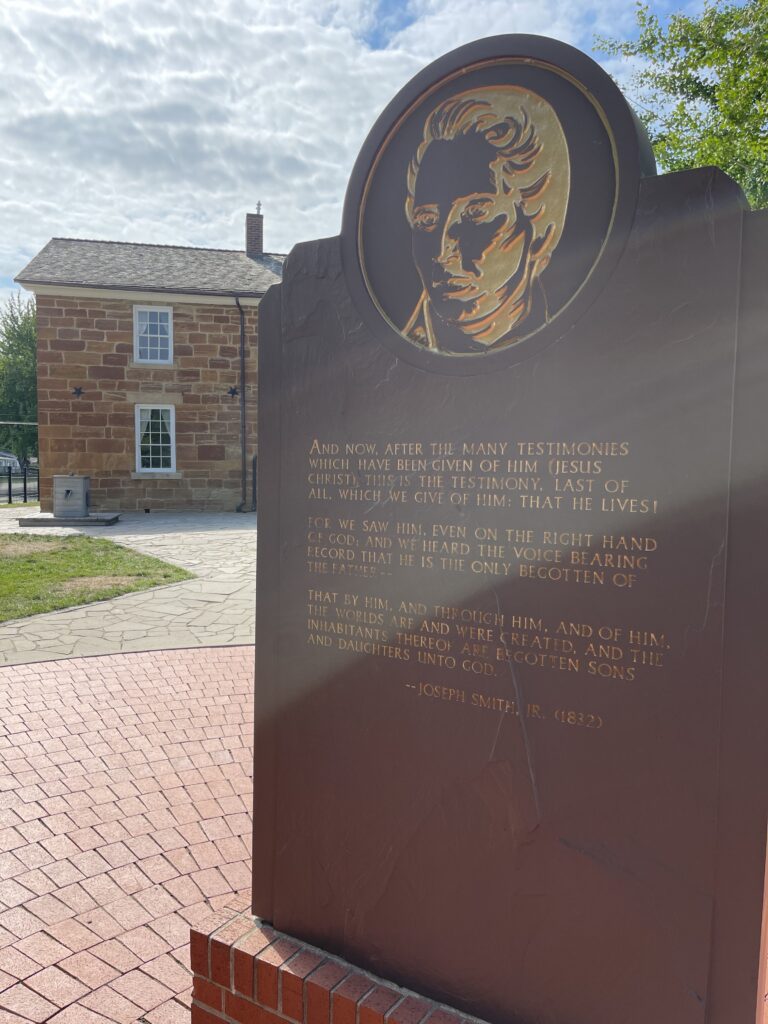Introduction
Preserving family history is crucial to maintaining a connection with our roots and ensuring that future generations have a tangible record of their heritage. Whether through written records, photos, oral histories, or digital archives, finding ways to preserve and share our family stories can help us build a legacy. In this article, we will explore various methods for preserving family history, from traditional techniques to modern digital solutions, and how to pass it down to the next generation.

Importance of Preserving Family History
Preserving family history is not just about keeping records, it’s about ensuring that the stories, traditions, and memories of past generations are passed down. By maintaining records of important life events, family achievements, and cultural traditions, you ensure that future generations understand where they come from and appreciate the legacy they inherit. Family history also provides a sense of identity, helping individuals understand their place in the world. Beyond personal connection, preserving family history contributes to cultural heritage, offering insights into how societies evolve over time.
Methods for Recording Family History
There are several ways to record family history, and the best method depends on your resources and preferences. One of the most traditional ways is through written records, where you document family stories, birth and death dates, and important milestones. Family scrapbooks and journals are also great ways to preserve memories. Another valuable method is through oral histories, where you interview family members about their life experiences. These can be recorded in audio or video format for future generations to listen to. Additionally, digital tools like online family tree platforms and genealogy apps make it easier than ever to document and preserve family history.
How to Create a Family Archive
Creating a family archive is an excellent way to preserve family history in an organized, accessible format. Start by collecting important documents such as birth certificates, marriage licenses, family photographs, and letters. You can scan these items to create digital backups and store them in a secure online platform. Label and organize the documents by family branch, generation, or event to make it easier for future generations to navigate. Many genealogy websites offer cloud storage options, allowing you to back up your family tree and associated documents for safe-keeping.
Using Digital Tools for Preservation
In today’s digital age, there are numerous online platforms that help preserve family history. Services like FamilySearch, MyHeritage, and Ancestry allow users to build family trees, upload documents, and preserve photos. These tools also provide an opportunity to connect with other genealogists and family members who are researching similar lines. For personal preservation, apps like StoryWorth allow you to create family books by compiling stories and memories into professionally bound volumes. Digital preservation makes it easier to share family history with others and ensure it’s not lost to time.
Sharing Family History with Younger Generations
To ensure that family history is passed down, it’s important to involve younger generations in the preservation process. Share family stories and traditions with children and grandchildren to help them develop an appreciation for their heritage. Consider creating interactive family history projects where kids can research their ancestors, create family trees, or write down their own stories. These activities not only teach about the past but also strengthen family bonds and create a deeper connection to their roots.
Conclusion
Preserving family history is a rewarding endeavor that connects us to our past and ensures that future generations understand where they come from. Whether you choose to record stories, organize documents, or use digital tools to build a family tree, the key is to start today and make the preservation of your family’s history a priority. The more you do now, the more you ensure that the next generation will have the tools and stories they need to carry forward their legacy.